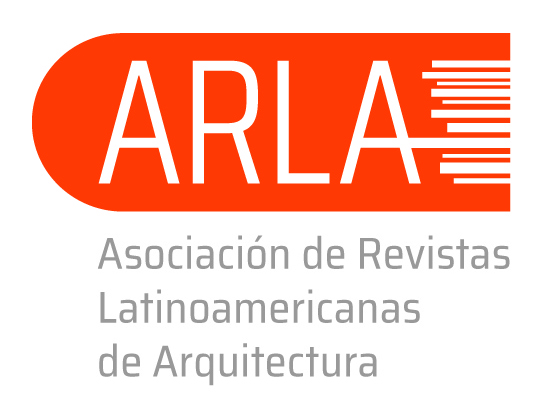Another concept of the new: the district of Comércio in the modernization of the Port of Salvador (1912-1933)
DOI:
https://doi.org/10.14409/ar.v1i5.4494Keywords:
discourse analysis; architecture; building culture; urban reform; urban voidAbstract
This study aims to analyze the effects of modernization of the Port of Salvador in the Commercial District, through the architecture produced between 1912 and 1933. The renewal of the district of Comércio was part of the modernization of the Port of Salvador, and consisted in the enlargement of nearly every street in the existing part of the district in 1912, and in the construction of a wide strip of embankment that separated the district from the warehouses of the new port. The research allowed to point out that this process of modernization took place within a culture which sought to build dialogue with the past in the production of the new architecture. This is visible both in the conservation and use of the existing buildings, when the streets were enlarged, and in the difficulty of occupying the strip of embankment, which remained a major urban void during the whole period of the study.
Published
How to Cite
Issue
Section
License
ACCESO ABIERTO
ARQUISUR Revista es una publicación de acceso abierto y sin ánimo de lucro. No se imputan cargos por la recepción, revisión, evaluación, publicación ni acceso a sus contenidos. Se distribuye bajo una Licencia Creative Commons CC Atribución-NoComercial-SinDerivadas 4.0 Internacional (CC BY-NC-ND 4.0): No se permite un uso comercial de la obra original ni la generación de obras derivadas. Esta licencia no es una licencia libre, y es la más cercana al derecho de autor tradicional.
DESCARGO
Los criterios expuestos en los artículos son de exclusiva responsabilidad de sus autores y no reflejan necesariamente la opinión del Comité Editorial ni de la Dirección Editorial Técnica. Los derechos de los artículos publicados pertenecen a sus autores o editoriales. Los autores ceden sus derechos de publicación al Centro de Ediciones de la Universidad Nacional del Litoral de Santa Fe, Argentina.














